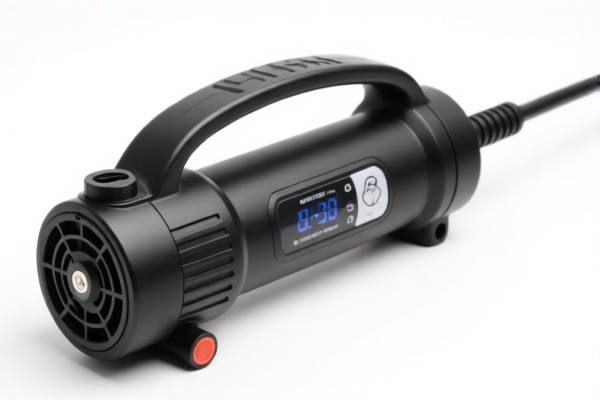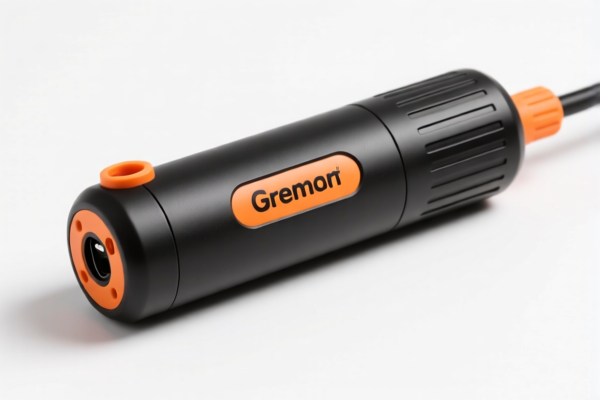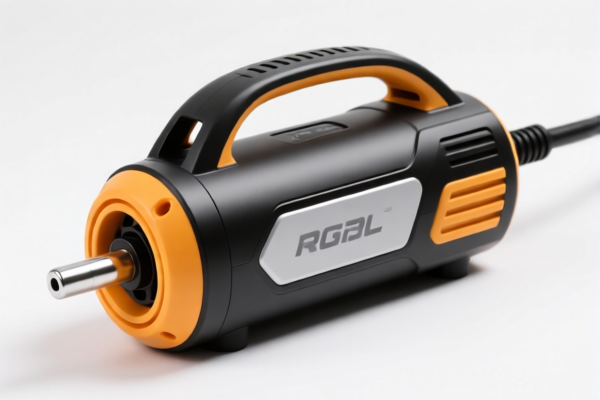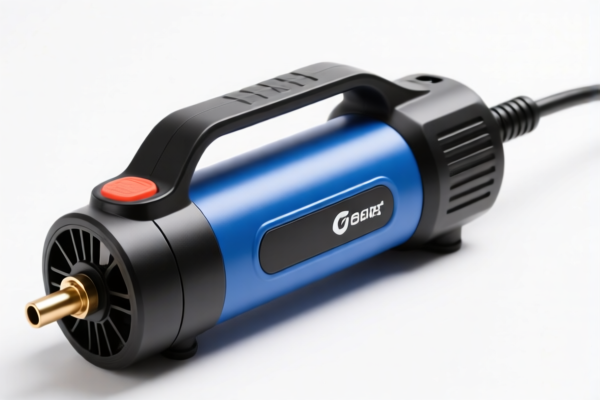| HS Code | Official Doc | Tariff Rate | Origin | Destination | Effective Date |
|---|---|---|---|---|---|
| 8414801685 | Doc | 55.0% | CN | US | 2025-05-12 |
| 8414802075 | Doc | 55.0% | CN | US | 2025-05-12 |
| 8479899560 | Doc | 32.5% | CN | US | 2025-05-12 |
| 8210000000 | Doc | 58.7% | CN | US | 2025-05-12 |
| 8206000000 | Doc | The rate of duty applicable to that article in the set subject t+30.0% | CN | US | 2025-05-12 |
| 8543708000 | Doc | 55.0% | CN | US | 2025-05-12 |
| 8504404000 | Doc | 55.0% | CN | US | 2025-05-12 |
| 8504409580 | Doc | 55.0% | CN | US | 2025-05-12 |
| 8507808200 | Doc | 58.4% | CN | US | 2025-05-12 |
| 8507908000 | Doc | 58.4% | CN | US | 2025-05-12 |




Portable Car Inflator Pump
A portable car inflator pump is a device used to replenish air pressure in vehicle tires, as well as inflatable items like sports balls and air mattresses. These pumps are designed for convenience and ease of use, typically operating from a vehicle's 12V power outlet or via rechargeable batteries.
Material
- Pump Body: Commonly constructed from durable plastics (ABS, polypropylene) for lightweight operation and resistance to impact. Some higher-end models utilize metal housings (aluminum alloy) for increased durability and heat dissipation.
- Motor: Electric motors, often DC motors, power the inflation process.
- Air Hose: Typically made from flexible rubber or reinforced PVC.
- Connectors: Brass or alloy connectors are common for secure attachment to tire valves.
- Piston/Cylinder: Metal (steel or alloy) components are used for compressing the air.
Purpose
The primary purpose of a portable car inflator pump is to maintain correct tire pressure for:
- Safety: Underinflated tires can lead to reduced handling, increased braking distances, and a higher risk of tire failure.
- Fuel Efficiency: Properly inflated tires reduce rolling resistance, improving gas mileage.
- Tire Longevity: Maintaining correct pressure prevents uneven wear and extends tire life.
- Convenience: Allows for inflation of tires and other inflatables when a traditional air compressor is unavailable.
Function
Portable car inflator pumps operate by:
- Power Source: Drawing power from a vehicle's 12V cigarette lighter socket or an internal rechargeable battery.
- Motor Activation: The electric motor drives a piston or diaphragm mechanism.
- Air Compression: The piston/diaphragm compresses air within a cylinder.
- Air Delivery: The compressed air is forced through an air hose and delivered to the tire valve via a secure connection.
- Pressure Monitoring: Many models include a built-in pressure gauge (digital or analog) to monitor tire pressure during inflation. Some advanced models feature automatic shut-off when a desired pressure is reached.
Usage Scenarios
- Emergency Tire Inflation: The most common use case – restoring tire pressure after a puncture or slow leak.
- Regular Tire Pressure Checks: Maintaining optimal tire pressure as part of vehicle maintenance.
- Road Trips: Ensuring tires are properly inflated before and during long journeys.
- Inflation of Inflatables: Used for inflating sports balls, air mattresses, inflatable toys, and other similar items.
- Off-Roading/Camping: Useful when access to traditional air sources is limited.
Common Types
- 12V DC Inflators (Cigarette Lighter Powered): The most common type, plugs into a vehicle's 12V outlet. Generally more powerful but requires the vehicle's engine to be running.
- Rechargeable Cordless Inflators: Powered by internal rechargeable batteries (Lithium-ion is common). Offer portability and convenience, but may have limited runtime and lower inflation power.
- Digital vs. Analog Gauges: Digital gauges provide more precise readings and often include preset pressure settings. Analog gauges are simpler and more affordable.
- Single-Stage vs. Double-Stage Compressors: Double-stage compressors offer faster inflation speeds and higher maximum pressures.
- Inflator with Additional Features: Some models include LED lights, USB charging ports, and multiple nozzle attachments for various inflatables.
- Mini Inflators: Compact and lightweight, suitable for bicycles and small inflatables. Generally have lower inflation power.
Based on the material, use, function, and application scenarios, a portable car inflator pump is a type of air compressor designed for inflating tires, typically used in automotive maintenance.
The following HS codes are relevant to portable car inflator pumps, based on the provided reference material:
-
8414801685: This HS code covers “Air or vacuum pumps, air or other gas compressors and fans; ventilating or recycling hoods incorporating a fan, whether or not fitted with filters; gas-tight biological safety cabinets, whether or not fitted with filters; parts thereof: Other, except parts: Air compressors: Other Portable: Under
0.57 cubic meters per minute”.- 84: Chapter 84 relates to Nuclear reactors, boilers, machinery and mechanical appliances; parts thereof.
- 14: Heading 8414 specifically covers air or vacuum pumps, compressors and fans.
- 80: Subheading 841480 denotes “Other, except parts”.
- 16: Further specifies “Air compressors”.
- 85: Details “Other Portable: Under
0.57 cubic meters per minute”. This is applicable if the pump’s capacity is less than 0.57 cubic meters per minute. The total tax rate is 55.0% (0.0% basic tariff + 25.0% additional tariff + 30.0% additional tariff after 2025.4.2).
-
8479899560: This HS code covers “Machines and mechanical appliances having individual functions, not specified or included elsewhere in this chapter; parts thereof: Other machines and mechanical appliances: Other: Other Automotive maintenance machines”.
- 84: Chapter 84 relates to Nuclear reactors, boilers, machinery and mechanical appliances; parts thereof.
- 79: Heading 8479 specifically covers machines and mechanical appliances having individual functions, not specified or included elsewhere in this chapter.
- 89: Subheading 847989 denotes “Other machines and mechanical appliances”.
- 95: Further specifies “Other: Other Automotive maintenance machines”. The total tax rate is 32.5% (2.5% basic tariff + 0.0% additional tariff + 30.0% additional tariff after 2025.4.2).
Regarding HS code 8479899560, it is important to note that this classification applies to automotive maintenance machines.
Customer Reviews
No reviews yet.